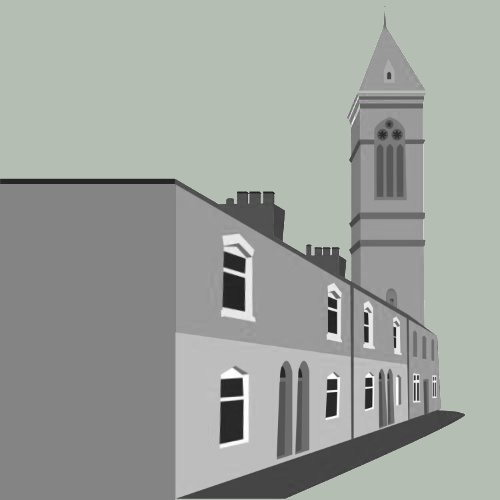Mark Davies: February 2025
2025 can be considered Jericho’s 200th anniversary because it was in 1825 that the meadows bounded by the Oxford Canal, Walton Well, Walton Street, and Worcester College began to be transformed into the residential suburbs of Jericho and Walton Manor:
∙ in July 1825 the first tranche of building plots to the west of Walton Street were auctioned.
∙ in July 1825 Oxford University purchased the land for their soon-to-be relocated Clarendon Press.
∙ by November 1825 William Carter had established the ‘new Foundry and Iron Works at Jericho’ which was destined to become Lucy & Co.
This process of urbanisation had begun in 1824 with the decision of St John’s College to allow house building on Walton Closes: an area of meadow immediately to the north of Worcester College.
This was followed in 1825 to 1829 by the sale of the meadows belonging to Peter Wellington Furse (1755-1832) which comprise all of modern Jericho. The lower lying area, next to the Oxford Canal, was known as Little and Great Bear Meadow – Furse also owned The Bear Inn in central Oxford.
The Jericho Living Heritage Trust intends to encourage others to promote throughout 2025 events in Jericho and elsewhere to celebrate the bi centenary. Walks, talks, children’s participation, a concert, and two books, (including A Jericho Scrapbook, with oral histories going back to the mid-19th century and much previously unpublished material about the early suburb) are already in train. We would love to hear from you if you can help or wish to stage your own celebration, large or small.
Tell us what Jericho means to you: email info@jlht.org with your stories photographs films or memories.
At the time, probably the only significant feature of his estate was the property known as ‘Jericho’, which had existed since at least the mid-17th century, and inspired the subsequent name of the suburb. The auctions were all undertaken by Thomas Mallam, a name still extant in Oxford to this day.
Practically the only other landmarks to the west of Walton Street in 1825 were Walton Farm, a scattering of other agricultural buildings, and, down by the Oxford Canal, close to the Walton Ford entry point to Port Meadow, a boatbuilding dock run by Henry Ward, whose philanthropic sons would influence the development of Jericho in many ways. These properties were all leased from St John’s College, and lay within St Giles’ parish.
By the 1860s most of the Jericho roads seen today had been laid out and by the 1880s St John’s had released its remaining land as far as Walton Well Road for the construction of more housing.
Within 50 years the area had been transformed from something akin to the foreground of this 1850s view:
To this…..
‘Farewell to blue meadows we loved not enough.’ (Sir John Betjeman in St Barnabas, Oxford, 1945)



